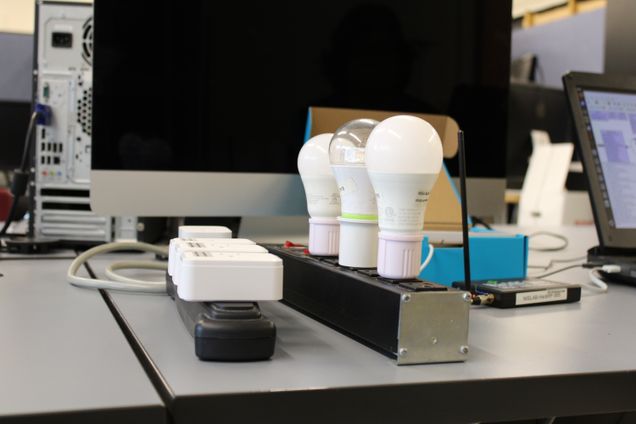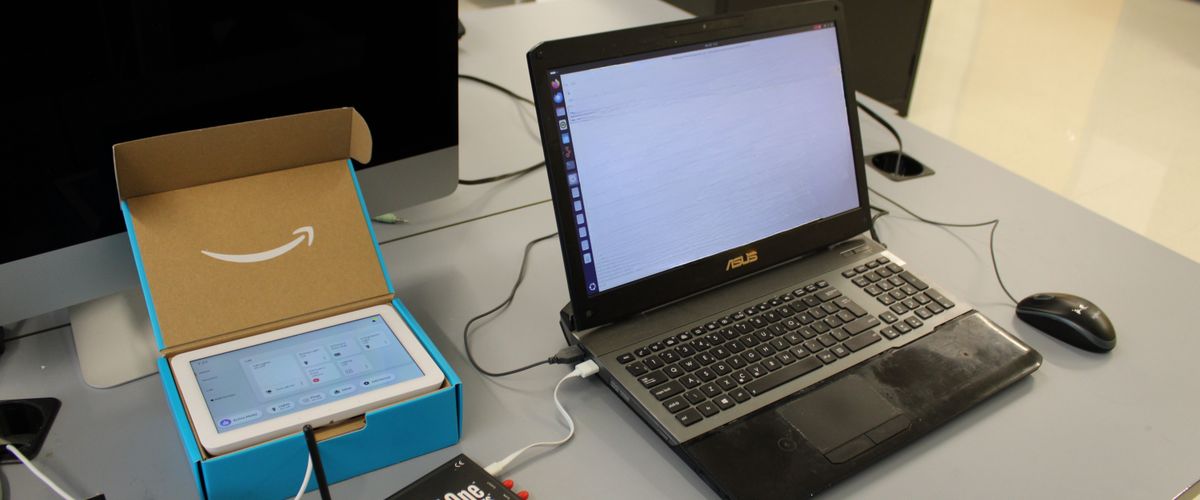by Chloe de Leon
The Zigbee protocol is utilized in many smart home devices, like light bulbs, switches, and sensors, but understanding which Zigbee devices operate within a given network is essential for security.
Master’s student Yishun Xiong is finalizing a paper on improving the detection of communication between connected devices. Originally from Singapore, Xiong came to Boston University to pursue a graduate degree in systems engineering. After taking a course on computer communication and networks with Professor David Starobinski, he landed a research opportunity with the Laboratory of Networking & Information Systems. The project fulfilled his practicum requirement while allowing him to explore a topic he has been interested in for years.
“I [had] been working for about 10 years before I started my masters,” Xiong said. “I’ve been quite focused in terms of doing network systems of systems kind of communication.”
His project focuses on Zigbee devices, which follow a set of specific “rules” (Zigbee protocol) under a wireless network. Zigbee technology is common in smart homes, where it allows sensors, lights, and other appliances to interact seamlessly. These devices operate within the Internet of Things (IoT), which is a broader collection of connected physical devices equipped with sensors, software, and the ability to send and receive data.

His interest in communication between wireless devices aligned with a previous Ph.D. student’s work on IoT scanning.
“[Starobinski] showed me this previous IoT project where he thought that there could be some follow-up work to do,” Xiong said. “That was where I got involved.”
Xiong’s project initially examined what information could be extracted from wireless device communications. Over time, he shifted his focus to identifying which Zigbee devices emit which signals. Mapping these detected signals helps reveal network topology: what devices are involved and how they connect.
This analysis highlights privacy and security concerns, such as unauthorized devices.
“The key idea behind this project is really to look at how we can better manage our own network and know what other things [are] happening around us,” Xiong said.
Much of the work he does in this lab is done on a Linux Operating System (OS), used to analyze detected signals, posing a learning curve from the Windows OS he was used to. Support from Professor Starobinski and his lab partner helped him quickly pick up new skills.
“He allowed me to do a little bit more than what I thought I could have done,” Xiong said.
Because of the master’s program’s one-year timeframe, Xiong narrowed his focus on Zigbee devices, one of many types of wireless devices. Xiong felt that he was not well-versed in the academia of his research, which made it difficult to personally understand what distinct contributions he brought.
According to Starobinski, “Xiong’s impressive results, achieved in a short period, are a testament to the high caliber of graduate students in the Division of Systems Engineering.”
As Xiong continues to push for the final draft of his paper, while reflecting on the constraints of a year-long program, he is hopeful about the impact of his work.
“I hope that the paper will be accepted [for publication],” he said. “At least I could tell myself that, despite the short period of time I spent, I’ve made some contribution to this field.”

